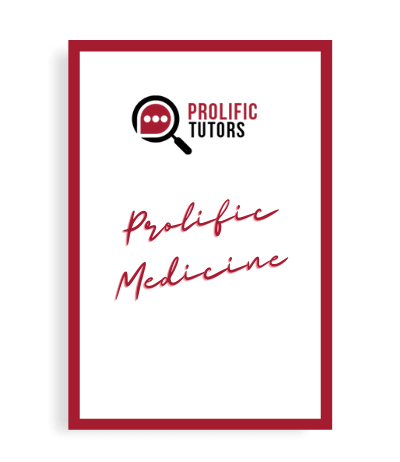Description
Snippet
Modifying memory: selectively enhancing and updating personal memories for a museum tour by reactivating them (thought paper).
Part 1; Review
The article focused on whether personal memories could be modified. The specific research question was whether specific aspects of reactivation affect the manner in which personal memories in individuals occur. The research article was based on the proponents that people always remember past activities. The memory of the past events can be modified through the information triggers as the authors infer. Specifically, the authors hypothesized before the start of the information gathering phases that the retrieval of information could either distort the given information or enhance the information to give clarity of the memory.
Jacques and Schacter (2013) provide two alternatives to the reactivation of the memory process. The first alternative describes a scenario where the memory reactivation brings forth an enhancement of a person’s memory. It helps in reminiscing issues prevalent in the past so that information is brought forth in clarity. The second alternative is that memory reactivation could possibly lead to the distortion of memory as specific elements of the dynamic memory systems are altered in a bid to incorporate new information.
The research methodology applied in the research was a study of a group of 42 persons after a memory reactivation phase. The method of the research was threefold. The first stage comprised of the participants receiving a self–guiding booklet of the adjoining Harvard Natural History and Peabody museums. The participants were asked to wear a camera with a timer for capturing images after every 15 seconds. There were two versions of the tour conducted with six discreet stops that would normally be conducted in the museum displays. The memory recognition would be lured through the photos taken during the stops at the six discreet stops. The second stage was a reactivation of the memory phase where all the participants were required to make a Yes or no judgment of audio-visual picture of whether they visited the specific spot in the museum or not. The third stage was a reactivation of the memory conducted 48 hours after the initial event. The third stage consisted of a pair of photos that were exhibited indicating the six stops at the museum with the participants giving a yes if the exhibited photos depicted an actual scene at the museum. The authors did conduct an alternative study for the reactivation of the memory using the perspective as a cause of memory reactivation. The second study comprised 41 participants……………
(Buy to read more).
Appx, 1,600 words.




Reviews
There are no reviews yet.